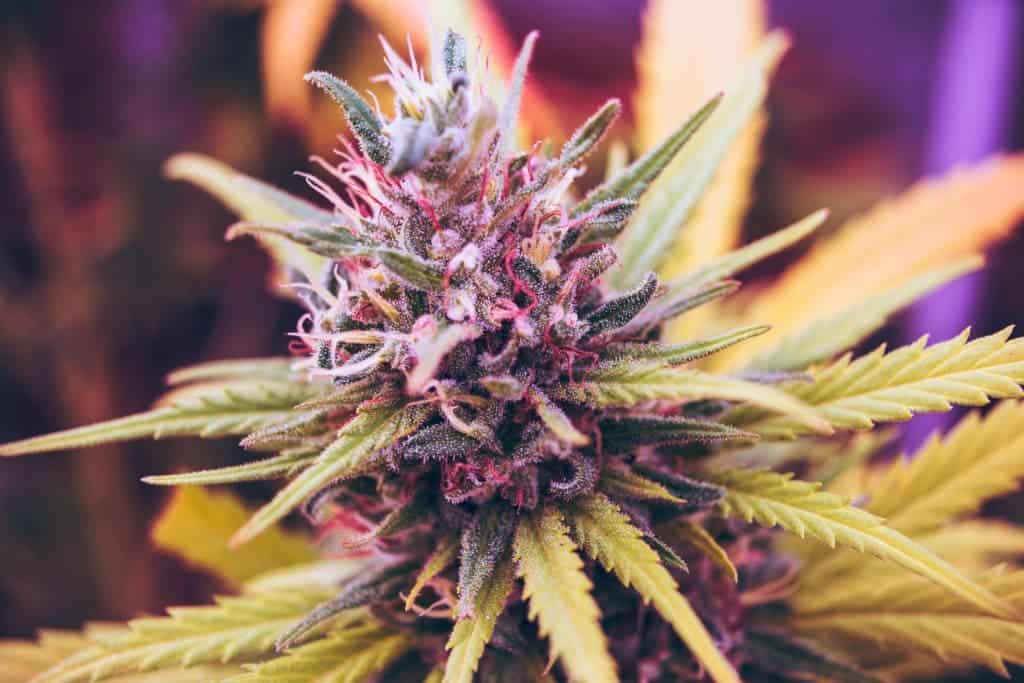A new study traced back the origin of cannabis agriculture to nearly 12,000 years ago in East Asia. During this time cannabis was likely a multipurpose crop — it was only 4,000 years ago that farmers started growing different strains for either fiber or drug production.

Although it’s largely understudied due to legal reasons, cannabis is one of the first plants to be domesticated by humans. Archaeological studies have found traces of cannabis in various different cultures across the centuries, but when and where exactly was cannabis domesticated was still unclear.
Many botanists believed the plant emerged in central Asia, but a new study shows that east Asia (including parts of China) is the origin of domesticated cannabis.
A research team was led by Luca Fumagalli of the University of Lausanne and involved scientists from Britain, China, India, Pakistan, Qatar, and Switzerland. The researchers compared and analyzed 110 whole genomes of different plants, ranging from wild-growing feral plants and landraces to historical cultivars and modern hybrids.
They concluded that the ancestral domestication of cannabis plants occurred some 12,000 years ago, during a period called the Neolithic, and that the plants likely had multiple uses.
“We show that cannabis sativa was first domesticated in early Neolithic times in East Asia and that all current hemp and drug cultivars diverged from an ancestral gene pool currently represented by feral plants and landraces in China,” the study reads.
“Our genomic dating suggests that early domesticated ancestors of hemp and drug types diverged from Basal cannabis [around 12,000 years ago] indicating that the species had already been domesticated by early Neolithic times”, the study adds. The results go against a popular theory regarding the plant’s origin, the researchers add.
“Contrary to a widely-accepted view, which associates cannabis with a Central Asian center of crop domestication, our results are consistent with a single domestication origin of cannabis sativa in East Asia, in line with early archaeological evidence.”
When a study can land you in jail

It’s hard to study cannabis, regardless of what your reasons are. You can’t just go around picking or buying plants because the odds are that’ll get you in trouble. To make matters even more difficult, if you want to see where a domesticated plant originated from, you have to collect samples from different parts of the world — which is even more likely to get you in trouble.
So for decades, researchers looked at indirect evidence. Most cannabis strains appear to be from Central Asia, and several cultures of that region have used cannabis for thousands of years, so that seems like a likely place of origin. It’s a good guess, but not exactly true.
Cannabis grows pretty much everywhere — that’s why it’s called “weed” — and just because people in Central Asia were quick to adopt the plant doesn’t necessarily mean they were the first ones to grow it.
After crossing legal and logistic hurdles, Fumagalli was able to gather around 80 different types of cannabis plants, either cultivated by farmers or growing in the wild. They also included 30 previously sequenced genomes in the analysis.
With this, they found that the likely ancestor of modern cannabis (the initial wild plant that was domesticated) is likely extinct. However, its closest relatives survive in parts of northwestern China. This fits very well with existing archaeological evidence, which shows evidence of hemp cord markings some 12,000 years ago. In particular, it seems to fit with a 2016 study by other scientists that said that the earliest cannabis records were mostly from China and Japan.
The early domestication of cannabis in the Neolithic could be a big deal. Cannabis isn’t exactly a food crop. You can indeed use it to get oil, and the seeds can be consumed but its main use is for fibers and for intoxication. Usually, when archaeologists look at a population domesticating a crop, they naturally think of food as a priority — but this would suggest that Neolithic folk also had, uhm, other priorities. Or simply, cannabis was a multi-purpose crop.
Diversifying crops
The team also identified the genetic changes that farmers brought over the centuries through selective breeding. They found that some 4,000 years ago, farmers started to focus on either plants that would produce fibers, or on those better suited for producing drugs.
For instance, hemp strains bred for fiber production have mutations that inhibit branching, which makes them grow taller and produce more fibers. Meanwhile, strains bred for drug production, have mutations that encourage branching and reduce vertical growth. This results in shorter plants that produce more flowers. In addition, plants grown for drug productions also have mutations that boost the production of tetrahydrocannabinol (THC).
For millennia, hemp (the cannabis grown for fibers) has been an important crop. Clothes, ropes, and various other products used hemp fibers, but the emergence of modern metalworking and modern synthetic fibers (such as nylon) led to its downfall, and the once-popular plant became all but forgotten. Until recently.

Recently, we’ve seen a resurgence in the interest in cannabis, for sustainable fiber production as well as medicinal and recreational purposes. With more and more countries decriminalizing the possession and growth of cannabis, the plant may be making a comeback — and for researchers looking to study its origin, that’s great news.
While this study offers an unprecedented view into the evolutionary history of cannabis, it’s still a relatively small sample size. Finding wild samples is hard — and feral samples you find today aren’t really wild, they’re just grown varieties that escaped and are now feral. Furthermore, even gaining access to cultivars can be difficult.
Maybe, as society becomes more inclined to consider cannabis, researchers can gain access to more resources about it as well. By studying its genomic history, scientists can also provide valuable insights into the desired functional properties of plants, helping growers develop better varieties both for medicine and for other uses.
The study has been published in Science Advances.


